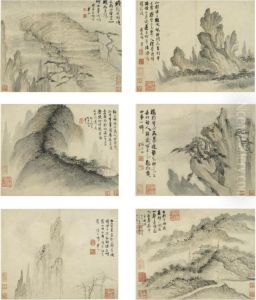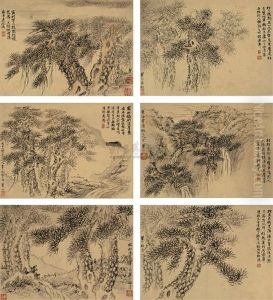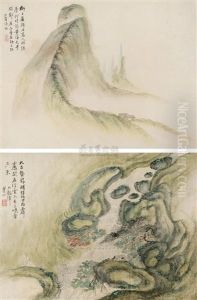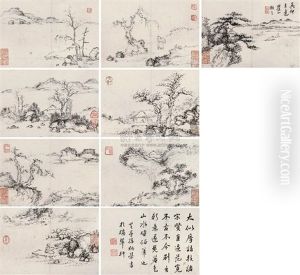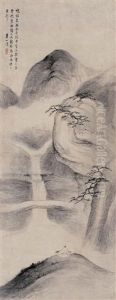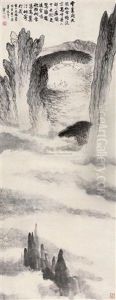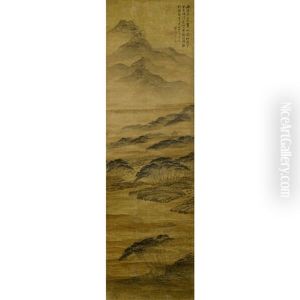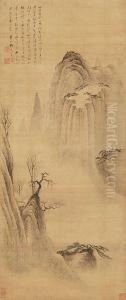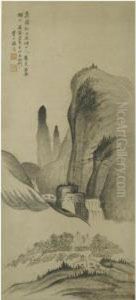Mei Qing Paintings
Mei Qing was a Chinese landscape painter during the Qing Dynasty, particularly known for his shan shui (mountain-water) paintings. He was born in 1623 in Xuancheng, Anhui province, which was a region known for producing many distinguished literati and artists. Coming from a family with a strong scholarly tradition, Mei Qing's upbringing was steeped in the arts and literature, which had a profound influence on his artistic development.
As a painter, Mei Qing was primarily associated with the so-called Anhui School, which was characterized by strong brushwork and a preference for monochrome ink landscapes. This school of painting was part of the larger literati tradition, where painting was seen as a form of personal expression and a reflection of the artist’s scholarly knowledge and moral integrity. Mei Qing’s works often depicted the rugged landscapes of his native Anhui, with a particular emphasis on capturing the dynamic and ever-changing moods of nature.
Mei Qing was also influenced by the earlier Yuan Dynasty painter Huang Gongwang, whose works exemplified the literati ideals of self-expression and the personal search for spiritual freedom through art. Mei's paintings often showcased a masterful use of ink washes and an ability to convey depth and atmosphere in his depictions of mountains, rivers, and misty scenes. His landscapes were not merely representations of nature but were imbued with a sense of personal feeling and philosophical contemplation.
Throughout his life, Mei Qing achieved considerable fame and was regarded as one of the leading painters of his time. He was especially praised for his ability to blend poetic sensibility with painterly skill. Despite his success, Mei Qing, like many literati painters, valued the scholarly pursuits of art above the commercial. His legacy continued to influence Chinese painting long after his death in 1697, and his works remain celebrated for their evocative power and their embodiment of the literati spirit of his era.
